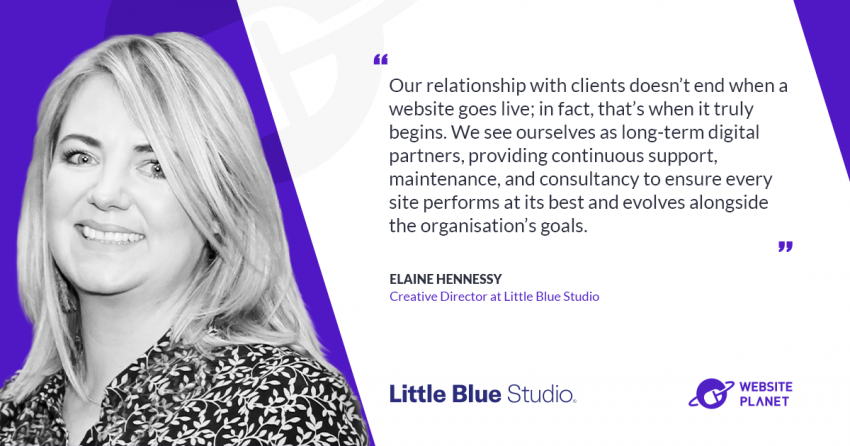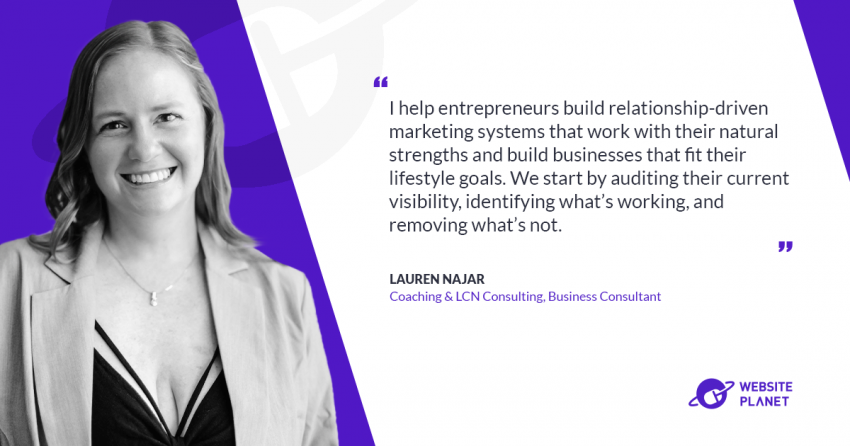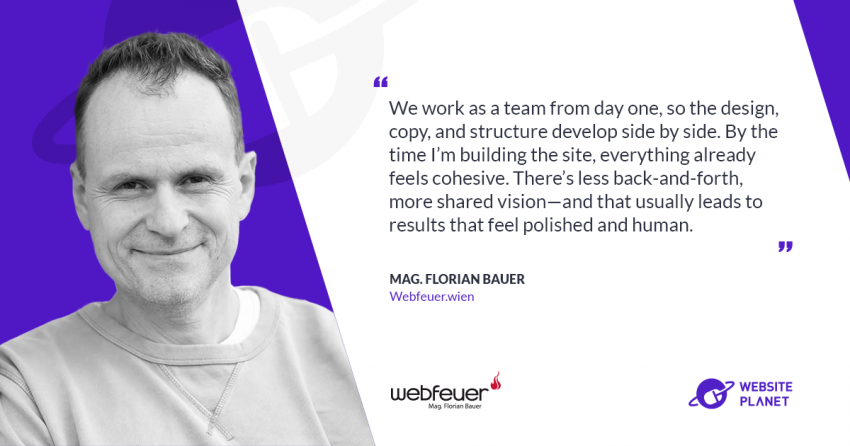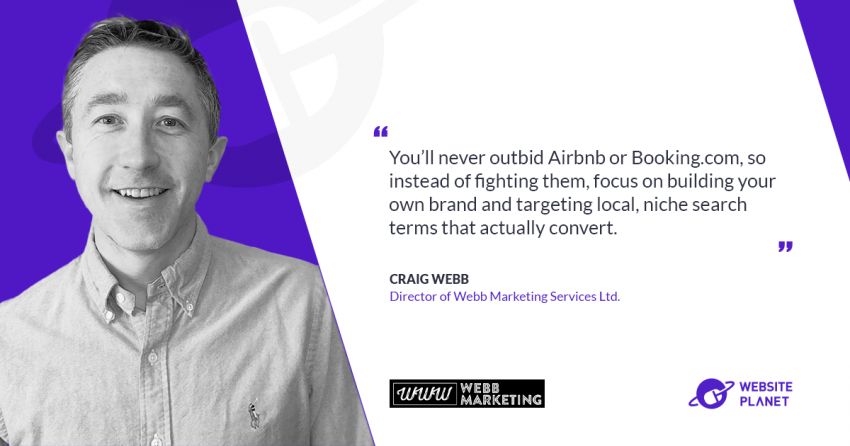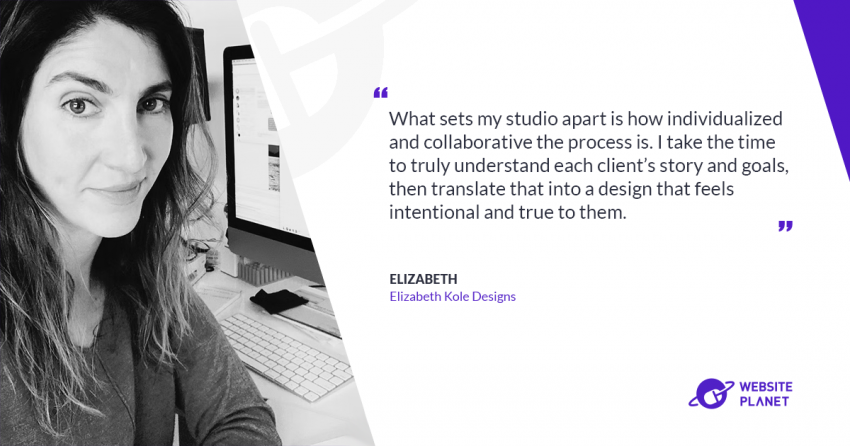We spoke to Johan Smith (founder and CEO) to find out how XLReporting was created, what struggles they have overcome, and what all the buzz is about, in this interview for Website Planet. Don’t miss this!
Please present XLReporting to our audience
When businesses and organizations get bigger and more complex, it gets increasingly more difficult and time-consuming to see the story behind the numbers, which is needed to make informed decisions. XLReporting is a web-based software solution that helps transform their data into information that gives insight and foresight, and on which decision-making can be done. Reporting, consolidation, and forecasting are made easy and reliable.
What sparked the idea for XLReporting and how has it evolved?
During my career as CFO and CIO all over the world, I saw the need for a bridge between finance and IT. Critical processes and decisions are often made on poorly designed spreadsheets and manual preparation of data.
Wanting a better solution, I started the development of bespoke software in 2005 for large companies such as ICL, Fujitsu, and Kaplan. Gradually this evolved into a generic and highly configurable solution which we launched in 2012 as a commercial Excel add-in solution. In 2018 we started the development of the web-based version with the newest technology, which has led to XLReporting as widely used by clients today.
What services do you offer?
We offer assisted set-up and give personalized training sessions in video meetings. We work with accountants and partners to develop templates for specific sectors. And we give personal advice, give personalized demos, and offer proof of concepts.
What is the mission of XLReporting?
We want to help businesses and organizations maximize their potential. By giving them a unique solution for reporting, consolidation, and forecasting, that mirrors their business and gives a solid base for decision-making.
Who are your typical customers and what do you think is the main challenge that XLReporting solves for them?
Our customers are usually medium to large businesses or organizations with multiple companies or teams, multiple currencies, and other complexities. The main challenge they have is how to connect the data from all these different units into one single source of truth, which they can share and connect across the organization and create insight for decision-making.
We also work with accountancy firms and consultants who are looking for a solution for their clients. They are looking for a solution which is tailored for the sector they are in and that is scalable.
So can you explain to us how XLReporting works?
XLReporting can connect to all sorts of data. We have more than 40 connectors, including the most popular, such as Xero, Quickbooks, Exact Online, Twinfields, and of course Excel. All this data is validated, consolidated, and brought together in XLReporting. This process is automated, so the data is always up to date. Now you can easily make reports and forecasts.. Either use standard reports and models we supply, adjust them as you wish or even make your own from scratch. Using our spreadsheet editor you can make any layout or design you want and make your own formulas in a familiar excel-like environment.
It sounds like you have found a niche you “excel in”. Was the path always so clear?
No, it has definitely been a process. We found initially that XLReporting was so configurable, that it was a bit overwhelming for some of our users. That’s why we developed our ‘Essentials’ template, containing a ready-to-use collection of connectors, reports, and forecast models and we have developed many sector templates modeled to fit the specific requirements of the sector. Now clients can start off with the basics, they can adapt them to their business or organization and can add more according to their needs.
How do you see the future of your industry?
The need for software like ours is growing. Borders are disappearing, companies and organizations are getting more complex and the need for efficiency is getting more urgent, as qualified personnel is getting harder to find. At the same time, more software is being introduced into the market.



